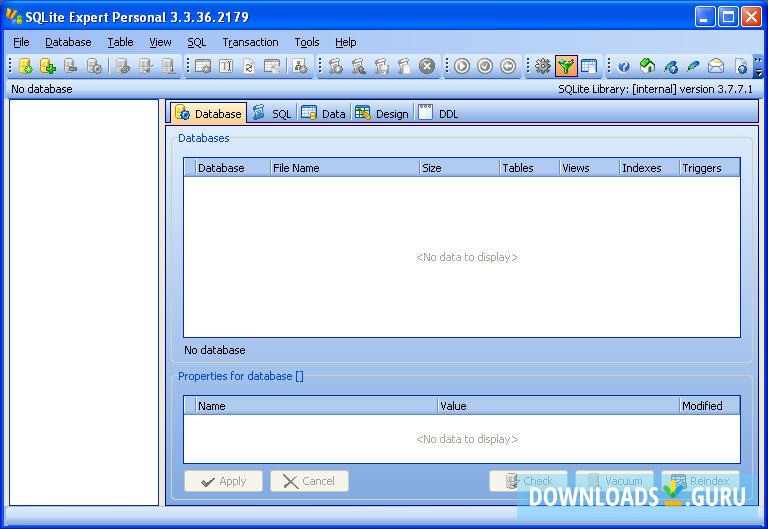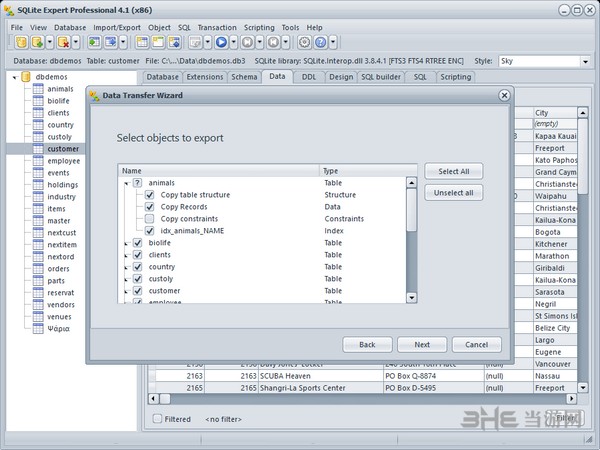


In September 2001, SQLite 2.0 replaced gdbm with a custom B-tree implementation, adding transaction capability. In August 2000, version 1.0 of SQLite was released, with storage based on gdbm (GNU Database Manager). Hipp was designing software used for a damage-control system aboard guided-missile destroyers, which originally used HP-UX with an IBM Informix database back-end. Richard Hipp designed SQLite in the spring of 2000 while working for General Dynamics on contract with the United States Navy. This means that one can, for example, insert a string into a column defined as an integer.ĭ. It generally follows PostgreSQL syntax, but does not enforce type checking by default. Many programming languages have bindings to the SQLite library. It is the most widely deployed database engine, as it is used by several of the top web browsers, operating systems, mobile phones, and other embedded systems. As such, it belongs to the family of embedded databases. It is not a standalone app rather, it is a library that software developers embed in their apps. SQLite ( / ˌ ɛ s ˌ k juː ˌ ɛ l ˈ aɪ t/, / ˈ s iː k w ə ˌ l aɪ t/ ) is a database engine written in the C programming language.


 0 kommentar(er)
0 kommentar(er)
